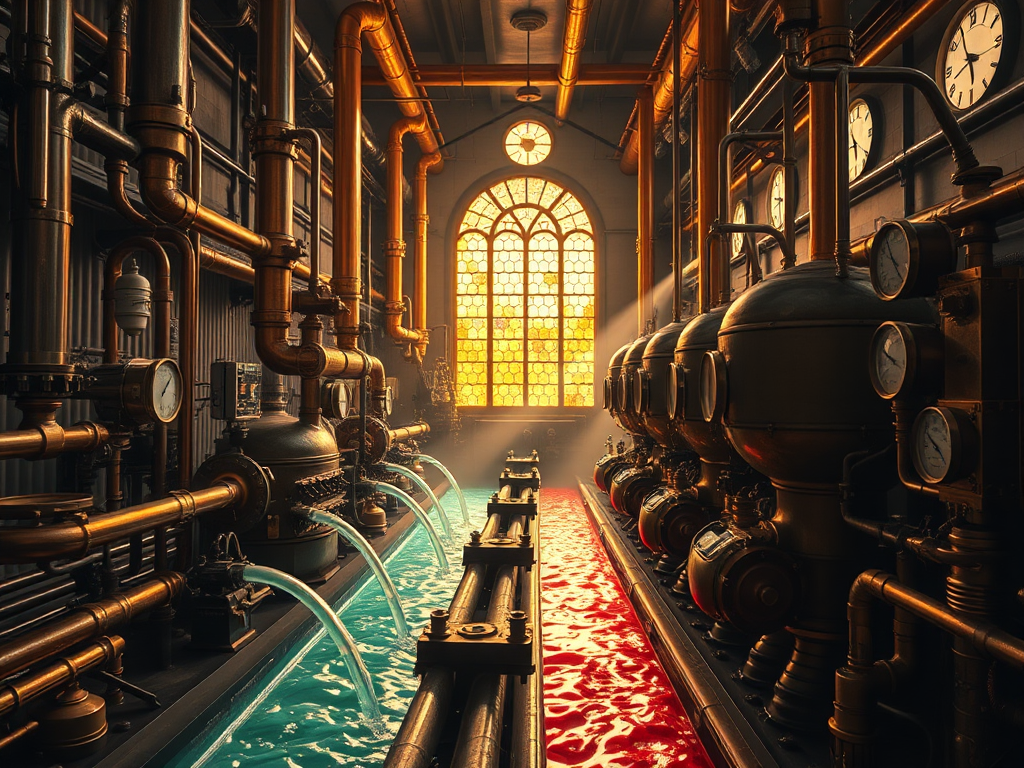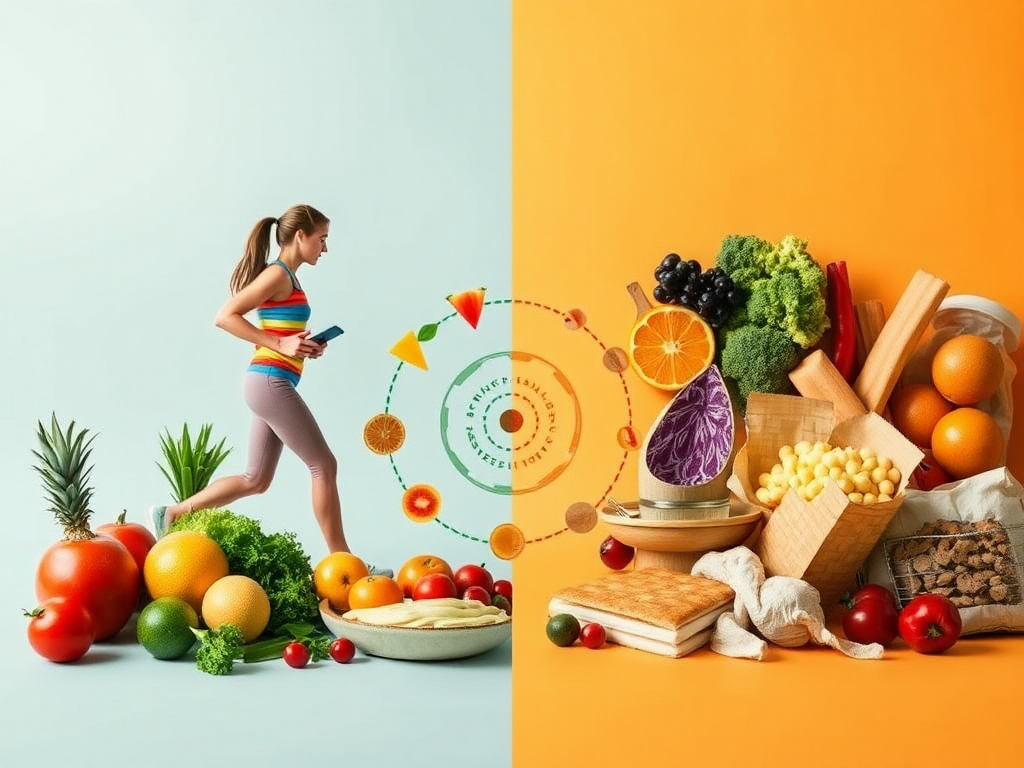Opening Chat
Hello everyone! I've recently become obsessed with making drinks. Every day after work, I'm experimenting in the kitchen so much that my roommate thinks I've gone crazy, haha! But honestly, since learning how to make various delicious drinks, I feel like my quality of life has improved. Plus, whenever friends come over and see me casually mixing up an aesthetically pleasing drink, their surprised expressions are just priceless!
Actually, many people get intimidated when they hear "professional-level drinks," thinking it's exclusively for bartenders and baristas. But I want to tell you that it's really not that difficult! Just like learning to cook, once you master the basics, anyone can become a beverage expert in their daily life.
The Science of Ice
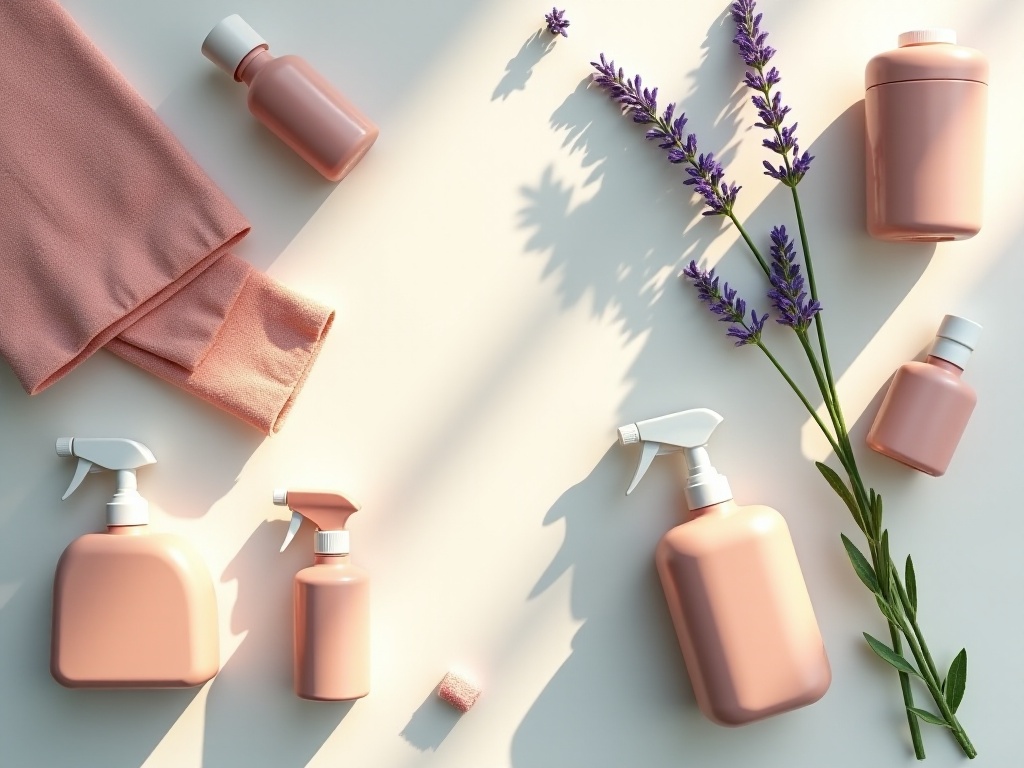
The Importance of Ice Cubes
When it comes to making drinks, ice cubes are often overlooked but extremely important. I first realized how crucial ice was during a chance trip to Japan. In a hidden bar in Tokyo, I watched the bartender use an ice pick and saw to sculpt a large block of ice into perfect cubes. I was amazed. The bartender explained that different ice types affect a drink's taste, temperature, and even visual appeal.
For instance, crushed ice is like a summer rain, quickly cooling you down. But it melts fast too. Once I made a gin and tonic with crushed ice, and after just a few sips, the melted ice had diluted the drink, completely ruining the good liquor. However, crushed ice isn't useless - it's perfect for cocktails like mojitos that need rapid cooling.
Large ice cubes are like anchors in the beverage world. I now love using 4-centimeter cubic ice cubes, especially with whiskey. A perfect large ice cube in whiskey not only looks sophisticated but also melts slowly, preserving the flavor longer. I specifically bought a silicone ice mold at home just to make these large cubes.
Then there's spherical ice, which I've only recently started experimenting with. Due to its smaller surface area, sphere ice melts more slowly than regular cubes, and it looks fascinating rolling around in the glass. While it's more troublesome to make, it's really impressive when entertaining important guests.
I've also discovered a trick: use hot water to make clearer ice cubes. Regular tap water freezes with many bubbles, making the ice cloudy. But if you use boiled and cooled water, the ice cubes become crystal clear and more photogenic.
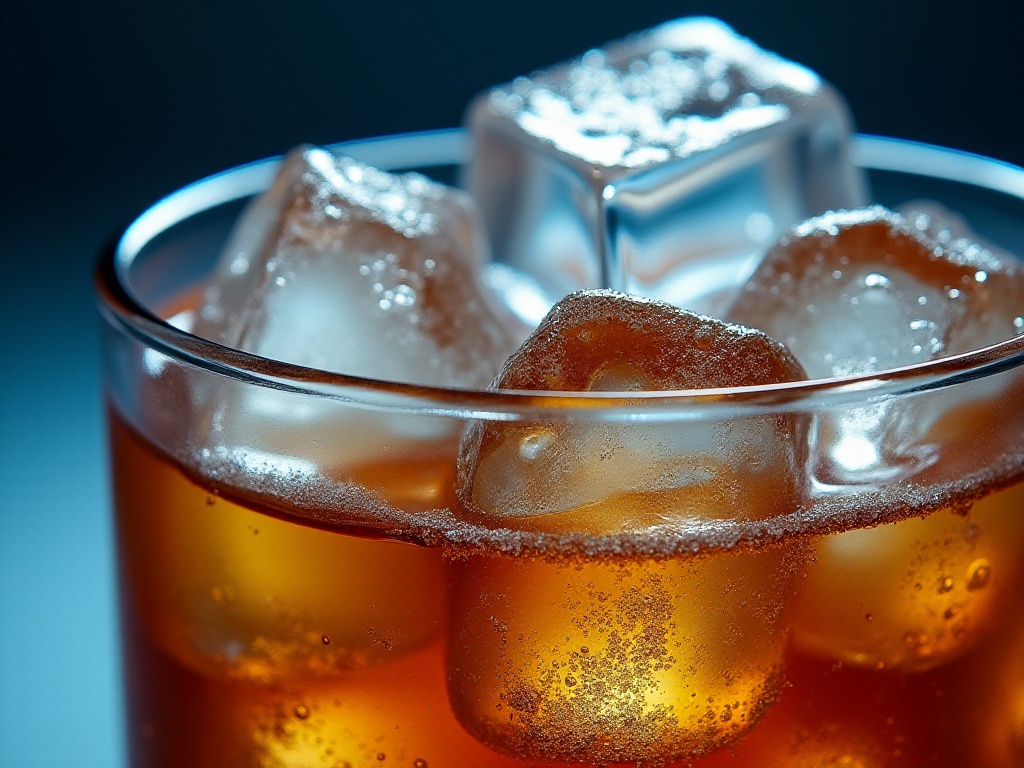
Beverage Development
Basic Skills
Developing new drinks is really exciting, like going on a taste adventure. I think the most important thing is to first establish the drink's "character." Just like the popular concept of "character building," each drink should have its own distinct features.
For example, when creating a summer beverage, you need to consider refreshing and cooling characteristics. I once developed a drink using mint, lime, and soda water, adding a touch of elderflower syrup for flavor - it was incredibly refreshing! For winter drinks, I tend to choose warming spices like cinnamon and cloves, paired with rich base spirits or juices.
I remember my first attempt at developing drinks - I was like a mad scientist in a lab without direction, adding things randomly, creating something with no clear style. Later I realized that beverage development needs logic, starting from the base and building up step by step.
Ingredient Selection
Choosing ingredients is quite an art. First, there's the sweetness level, which really tests your skill. There are many sweeteners available now, from traditional white sugar to trendy stevia, each with its own characteristics.
I personally prefer using honey because it's not just sweet - it adds unique aromas and layers of flavor. Different honey varieties have distinct flavors too - acacia honey is lighter, suitable for refreshing drinks, while lychee honey is more fragrant, perfect for bolder cocktails.
Besides sweeteners, sourness is also important. Lemon juice is most common, but there are many options. Lime juice is more aromatic than regular lemon and has a milder acidity; grapefruit juice brings a unique bitterness that adds complexity to drinks.
For juice selection, I recommend using freshly squeezed fruit whenever possible. Though more troublesome, the taste is completely different. Packaged juices often contain added sugars and preservatives that affect the final taste. Fresh juice also has better color and aroma, making your drinks more appealing.
For flavoring, I especially recommend trying unusual spices. Have you tried adding rosemary to lemonade? Or a pinch of chili powder to hot chocolate? These seemingly strange combinations can bring unexpected delights.
Business Operations

Market Research
If you want to turn drink-making into a business, market research becomes crucial. I have a friend who's an expert in this - his beverage shop is now the most popular trending spot in our area.
He shared his experience with me, saying the three months before opening were like his field research period. Like a detective, he carried a notebook recording foot traffic from nearby office buildings and schools, peak hours, preferred drink types, and acceptable price ranges.
Through this research, he found that 10-11 AM was the first sales peak, when office workers needed drinks to stay alert. 3-5 PM was the second peak, mainly students and afternoon tea customers. This data became important for adjusting his business strategy.
Most interestingly, he discovered that young office workers particularly care about the drinks' appearance, so he specifically developed Instagram-worthy beverages, like gradient bubble water or special drinks with edible gold leaf, which became his shop's bestsellers.

Business Strategy
Regarding business strategy, I think the most important thing is staying current. I've observed many successful beverage shops adjusting their offerings according to different time periods.
In the morning, they mainly serve coffee and tea drinks, as customers are mostly office workers needing an energy boost. In the afternoon, they add special drinks paired with desserts, appealing to young people who love taking photos. In the evening, they offer unique specials for customers wanting to relax after work.
Optimizing product combinations is also crucial. Data shows that proper product combinations can increase revenue by over 30%. For example, offering drink sets during afternoon tea time not only increases average transaction value but also improves customer satisfaction.
I've noticed young people today particularly value social media presentation, so visual appeal is crucial when designing drinks. Packaging must be elegant, presentation beautiful, and it's best to have photo-friendly props or background walls. This way, when customers share on social media, it brings free publicity to the shop.
Pricing strategy is also an art. I've observed many successful beverage shops using a "star product + regular product" combination. Star products can be priced higher, mainly to build brand image, while regular products should be more affordable to ensure a stable customer base.
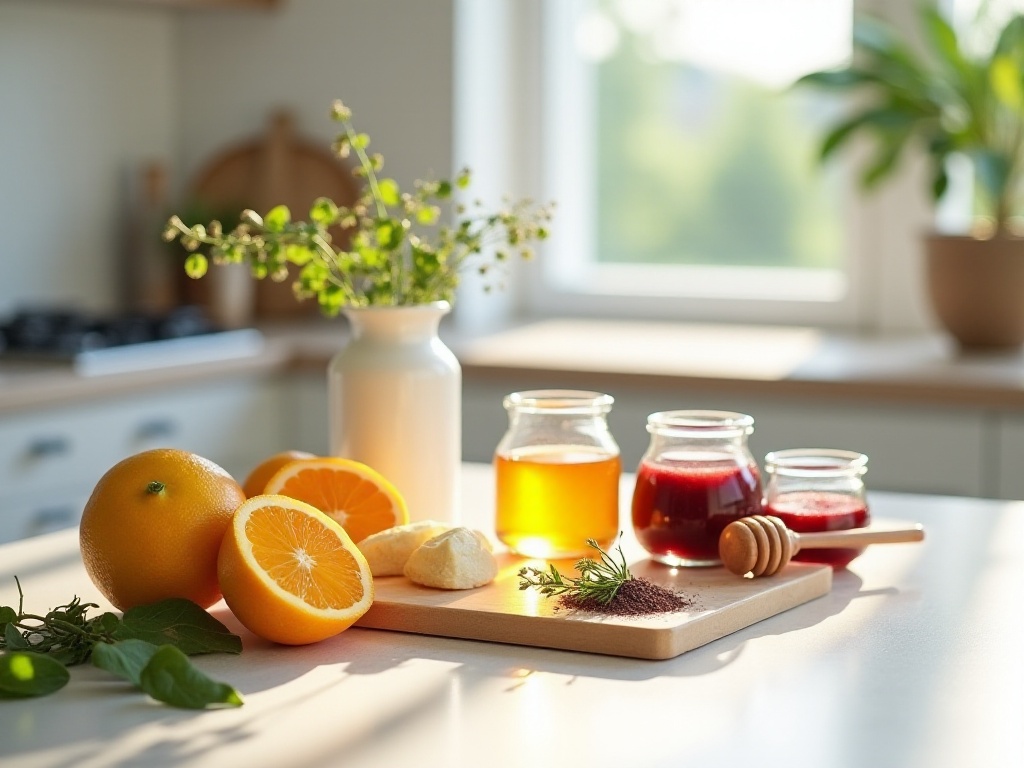
Conclusion
After reading all this, are you eager to try making drinks yourself? Honestly, the most important aspect of making professional drinks isn't some profound technique, but attention to detail. Now when I make drinks, I pay special attention to ice selection, ingredient freshness, and even glass temperature.
Making drinks is like life - if you put your heart into it, you can create something special that's uniquely yours. I look forward to seeing your own creations!





